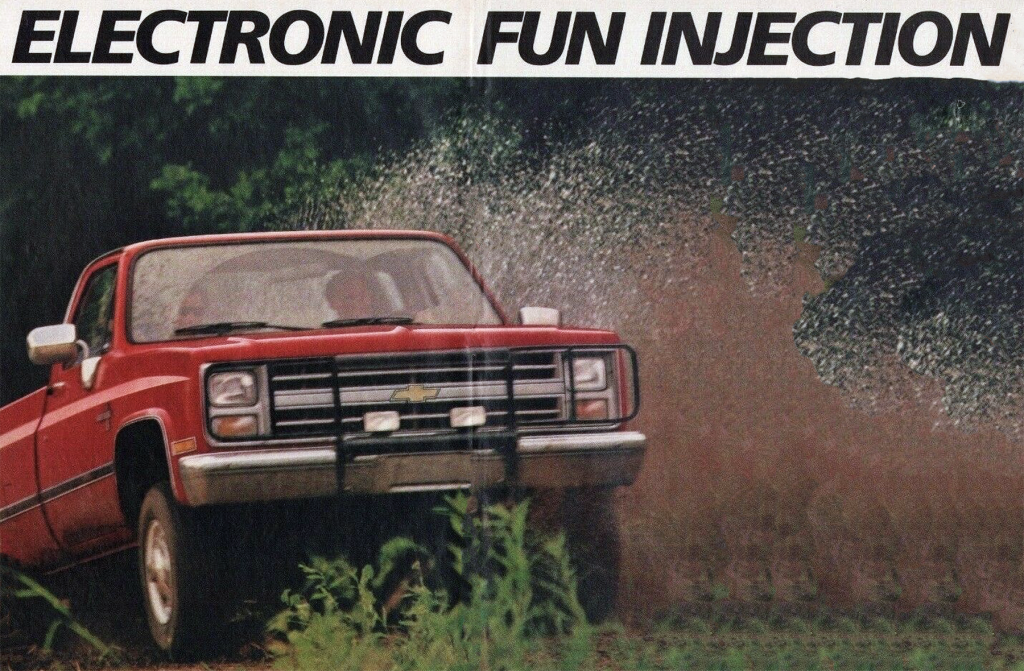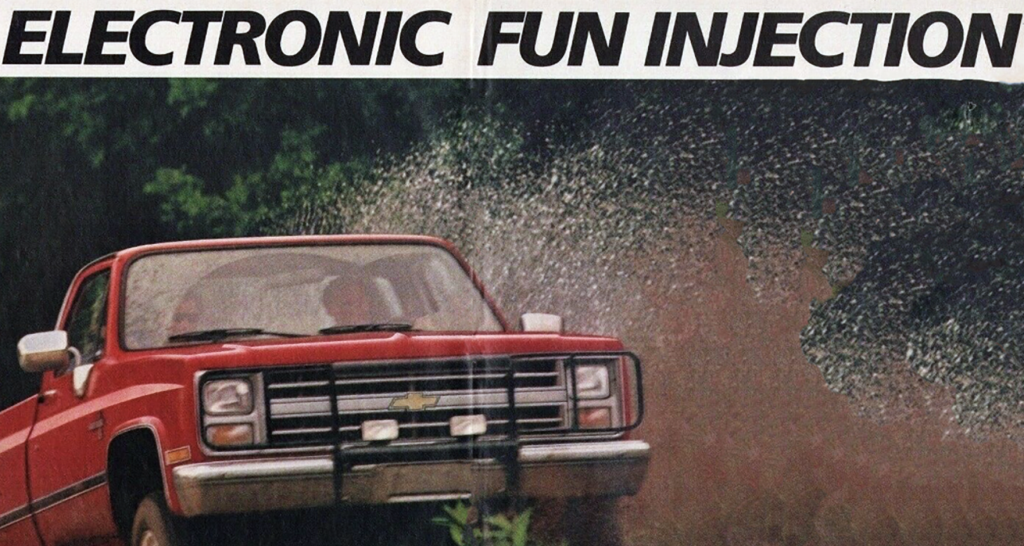
By most accounts, the automotive period known as the Malaise Era lasted from 1973 until 1983. During that time, the performance of most new vehicles paled in comparison to the less-regulated cars of just a few years earlier. Blame the government if you will, as low-lead gas, fuel-economy standards, and emissions regulations all took a serious toll on the horsepower output of most engines. I say most, because some cars suffered less than others. And there was one main reason for that relative immunity to the Malaise Era woes: fuel injection.
The humble carburetor, which had been ably metering auto-engine fuel and air usage since the dawn of the car, simply could not keep pace with many and varying demands of engines subject to so many emissions and fuel-economy demands. The result, as we know, was disappointingly mildly tuned engines and dismal power output.
Dubbed “einspritzung” by the Germans, fuel injection—a much more sophisticated and precise fuel-delivery system—provided the kind of engine control that allowed for emissions compliance and decent fuel economy without taking much of a toll on power output.
Though fuel injection dates back to earliest days of the automobile, mass-produced mechanical fuel-injection systems didn’t arrive until the Fifties. More sophisticated electronically controlled injection systems became common in German vehicles in the Seventies–Volkswagen in particular was a pioneer of affordable fuel injection, making it available on the Beetle and early Rabbits/Golfs.
American carmakers began selling fuel-injected cars in large numbers in the early Eighties, effectively ending the Malaise power outage. The first of these vehicles used engine throttle-body injection (TBI), a simple system incorporating a single injector. Later, multi-port injection (MPI) came online–this system made use of one injector for each of the engine’s cylinders. Sequential multi-port injection (SMPI) improved on MPI by timing fuel delivery to coincide with the opening of the intake valve. Today, direct injection (DI) delivers fuel directly into the cylinder instead of into the manifold near the intake valves. Direct injection will soon account for the fuel-delivery systems on most new vehicles.
Presented here is a collection of ads which reference or boast about the availability of fuel injection. Might you know what the first fuel-injected vehicle you drove was? If so, tell us about it. The place to leave comments is down below.
Performance Madness! Engine Technology in Classic Ads
Cars Ads Featuring Fuel Injection
1957 Chevrolet Corvette
More Than 6 Decades of the Corvette in Pictures
1964 Mercedes-Benz
Stuttgart Madness! 10 Classic Mercedes-Benz Ads
1969 Alfa Romeo 1750 Berlina
Photo Feature: 1953 Alfa Romeo 1900C Ghia Coupe
1970 Volvo 1800E
1975 Renault Gordini
Loose-Ends Madness! A Gallery of Strange and Obscure Car Ads
1975 Opel Manta
Review Flashback! The Budget Sports Cars of 1973
1978 Datsun 280-Z Ad
7 Most-Powerful Japanese Cars of 1981
1982 Volkswagen Rabbit
Classic Volkswagen Beetle: 1960 Jolly Prototype
1984 Pontiac Sunbird
Ladder to Oblivion: The 1982 General Motors J-Cars
1985 Dodge Daytona
Review Flashback! 1987 Dodge Daytona Shelby Z
1986 Chevrolet Pickup
1986 Ford Ranger
Listen to the Consumer Guide Car Stuff Podcast
Classic Cars Ads Featuring Fuel Injection Gallery
(Click below for enlarged images)
Cars Ads Featuring Fuel Injection
Cars Ads Featuring Fuel Injection
